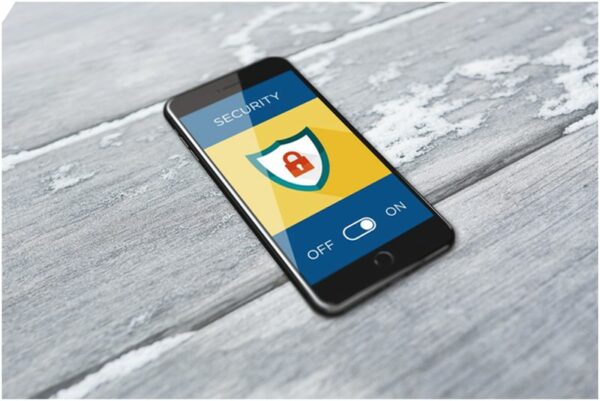Cybersecurity is not necessarily a popular topic among an average computer user. However, given how many different threats one can encounter online these days, it is important to create a solid strategy that will prevent your devices from getting infected with malware, viruses, ransomware, and other threats. Besides, it is not just computers or smartphones.
For example, if you run an online business, your website might become a cyber-attack target. If you do not prepare for a potential attack properly, you will have to suffer for it.
Let’s take a look at some of the commonly used tactics that help with cybersecurity. This step-by-step guide should push you in the right direction.
Step #1 – Rely on Your Antivirus Software
As a computer user, you need to make sure that there is a reliable anti-malware tool running on your device. Be it built-in software or software you purchase, the important thing is that antivirus needs to run in the background when you are using the computer.
It is true that the latest operating systems are quite reliable as far as cybersecurity prevention goes, but you cannot predict how and when a threat might attack your system. What if you click on a random ad that redirects you to a malware-infected landing page, and the threats prove too difficult to deal with for the system on its own?
Antivirus scans and detects potentially infected files and warns you about them so that you can delete the corrupted data. You can even consider such antivirus tools as one of the tricks to help with computer storage problems.
Step #2 – Invest in a VPN

A virtual private network is not that necessary if you stick to your home network. However, if you plan to join public Wi-Fi while on your smartphone or laptop, be sure to connect through a VPN. Otherwise, you risk exposing yourself since public internet networks lack the necessary security measures.
A VPN encrypts data and hides your location since it comes with multiple different IP options. Also, keep in mind that you should not use free virtual private networks because those are not secure.
Step #3 – Get in the Habit of Backing Up Data
A data backup is not really a direct way to counteract cybersecurity threats. Nevertheless, it is still an important element of an overall solid strategy.
Restoring data is not that easy if malware removes it from your device. Thus, you should create a data copy and have it on an external device, such as a hard drive, or in one of the available cloud storage services.
Step #4 – Update Devices
Do not think of OS updates as a means to just get the latest features and performance improvements. No, there are plenty of instances when a new update means security upgrades.
Operating system developers react to the latest threats and push for new and improved OS versions to protect users. Therefore, whenever you see a notification for a new update, make sure to install it. Or, if possible, enable auto-updates to give yourself some peace of mind.
Step #5 – Do Not Overshare Personal Details
Spending time on social media, Discord, and other communications platforms could lead to potentially exposing personal details. Remember that strangers you meet online might not be what they say they are.
By sharing personal details, you risk exposing yourself, and there is no telling what that might lead to. Also, other than sharing personal information, be wary of questionable links or files someone might send you. If a message looks suspicious, ignore it.
Step #6 – Create a Password Policy

The next step is to create a proper password policy. Do not be one of the people who do not bother with creating difficult combinations and stick to the same password for every account.
Other than avoiding the same passwords, it is also important to change your passwords from time to time. It might be inconvenient to memorize new combinations, but it would help with the overall security.
Step #7 – Read Cybersecurity News
There is no need to spend hours watching videos or reading articles on cybersecurity. However, if you are serious about protecting yourself from potential threats online, be one of the first to find out what is likely to come next and what ways to counter these threats are. Preparing in advance will come in quite handy.
Step #8 – Expose of Old Hardware Properly
The last step to consider is how you expose of old hardware. Sometimes, you might have a hard drive or a smartphone you no longer need. Whether you are planning to sell or throw it away is not that important. The important thing is to make sure that you purge any traces beforehand so that others cannot find important data and other information on the hardware.
Article Submitted By Community Writer




